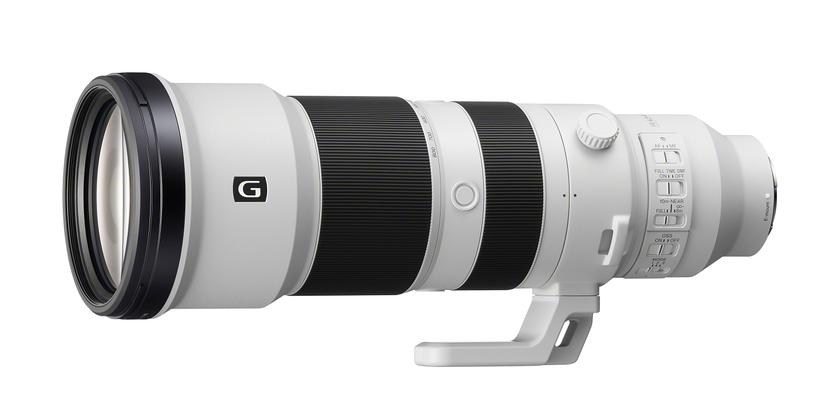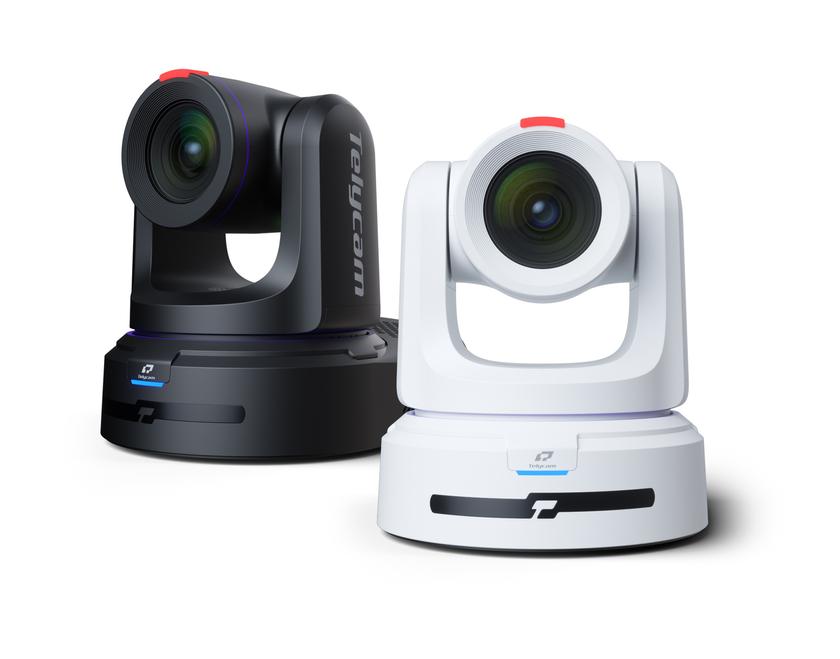RUSHWORKS’ A-LIST Automation System

The RUSHWORKS A-LIST automation system under test
Broadcasters are increasingly pushing out more content via their ancillary channels. With 0.2’s, 0.3’s, and 0.4’s, viewers now have more choices than ever for OTA enjoyment.
One thing that makes this business model fly—from a revenue standpoint—are products that put almost everything you need in a single box. RUSHWORKS is one company that has their eye on this industry, and their A-LIST automation solution fits right in.
FEATURES
The RUSHWORKS A-LIST is a multichannel automation system and it can be configured as a desktop package or supplied as a 4RU or 5RU chassis. (The unit I received for evaluation was the desktop model). The A-LIST system operates on Windows 7 Pro, with Matrox Mojito I/O, and it can schedule and output up to four independent standard-or high-definition playlists. Both RAID 5 and NAS storage options are available. The front panel of the unit I received for tesring included a DVD slot, two USB ports, power and reset buttons and 3.5 mm audio connections for headphones and mic.
The rear of the unit was rather PC-ish, with power connection, two additional USB ports, an RJ45, port, mouse/keyboard connections, an HDMI port, two 3.5 mm audio connections, and also SVGA and DVI video connections.
In addition to chassis-mounted SDI and HDMI I/Os, the Mojito (PCIe) connections included a 59-pin pigtail breakout connector to provide connectivity for composite/component input/output BNC connectors, AES unbalanced I/O, left and right channel audio out on RCA connectors, a genlock input, an RS-422 data connection and right/left balanced analog audio I/O available via XLR connectors.
Other system features include drag and drop operation for schedule creation, auto-fill, file trimming, external router/switcher control, recording of live scheduled events, MPEG-2/H.264/ AVI/MOV compatibility, real-time SD/HD video upconversion, multilayer graphics, EAS, integrated zone bulletin board, 2D and 3D DVE transitions, along with traffic importation, “as-run” log creation and more.
IN USE
Setting up A-LIST was a breeze. I set the desktop machine on a table in my station’s tech core, hooked up the AC power, the LAN, PC monitor and the mouse and keyboard.
After pressing the power button on the front, the unit booted up, and I double-clicked on the A-LIST desktop icon. The unit started up, synced up time-wise, and began playout of its preloaded playlist. This took place on Feb. 12.
In order to evaluate the output, I connected a Blackmagic Design audio monitor to the SDI port, then looped the feed to my Ikegami HLM-2450WB picture monitor. The stereo audio sounded fine, and the standard-definition picture looked pretty good.
The playlist generated was a combination of files, including stills, video files, and assorted graphics (.png, .jpeg, .bmp and .mpg file types).
The left side of the GUI included a playout window with playout controls and a file browsing area for “CG,” “Pics,” “Clips” and “All File Types.”
The middle and top of the screen displayed the running playlist, showing the complete current break and about five others below in tabs, ready to be modified or inspected. Below that window were tool boxes for playlist items, including event, input, media, folders, fill and playlist, a graphic toolbox area, for bugs, crawls, snipes, “up-next” and text.
The system also contains a toolbox for triggers, including DTMF, manual, GPI/GPO and a toolbox area for “Snap-To,” including top, now, and end. The right top-side of the GUI included a clock, audio metering and video output monitoring, while the lower portion included DSK, PVW/PGM monitors, and also the “settings” window for A-LIST, audio, encoding and configuration.
As I became more familiar with the unit, I figured out how to add bugs, crawls and snipes to my content. To modify the playlist on the fly, it’s really just a matter of dragging and dropping. Downstream keying proved to be just as easy.
Near the end of my evaluation period (and after I’d focused on the operation of the unit), I decided to reconfigure things to provide a 1080i high-definition video output and this made a nice improvement on the picture quality, all the way around.
SUMMARY
While I didn’t try to do any traffic imports, or create “as-run” logs, I must say that the learning curve on this package was extremely short (at least for anyone who has been employed in a TV station environment). I did refer to the manual occasionally for a few tips, but it was at my fingertips on the GUI and was laid out just right for me to locate what I needed to know very quickly.
We all know picture quality is only going to be as good as the file you try to play out, but this “box” was quite impressive with its picture quality, especially with the mix of formats I had it playing out.
As mentioned, I fired up the A-LIST system on Feb. 12 and when I finally turned it off on March 8 to pack it up for return it had exhibited no hiccups or “lock-ups” of any type. (Of course, I had no operators handy to help me try to break it.)
Seriously, the unit was remarkably stable and overall, it appears to be a very solid box.
Joey Gill is chief engineer at WPSDTV in Paducah, Ky. and has been with the station for 30 years. He has worked in television since 1977. He may be contacted atrespond2jgill@yahoo.com.
FAST FACTS
APPLICATION
Playback automation/server
KEY FEATURES
Ease of operation; multifunction all-in-one design; multichannel, multiformat output
PRICE
Single-channel SD I/O, $8,795; HD I/O, $12,795
CONTACT
RUSHWORKS
888-894-7874
www.rushworks.tv
Get the TV Tech Newsletter
The professional video industry's #1 source for news, trends and product and tech information. Sign up below.













